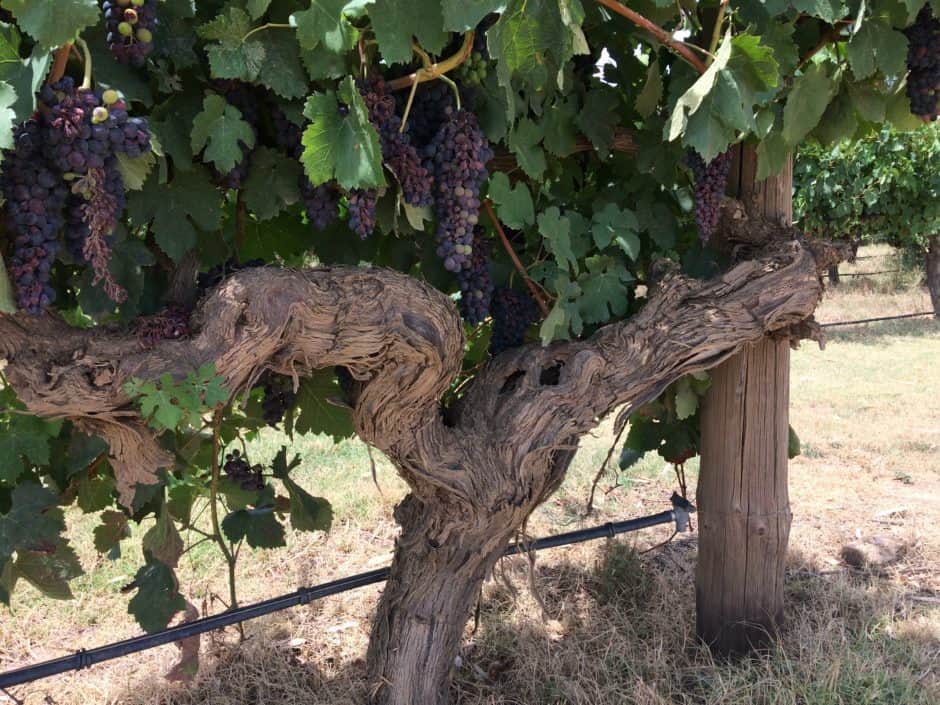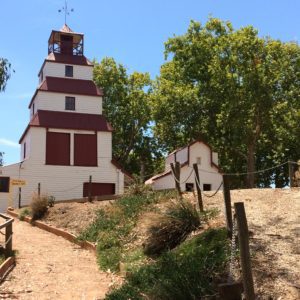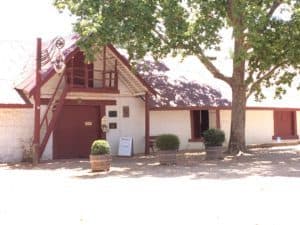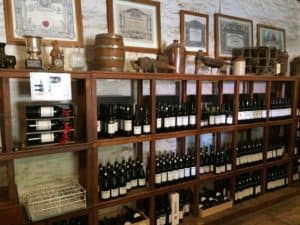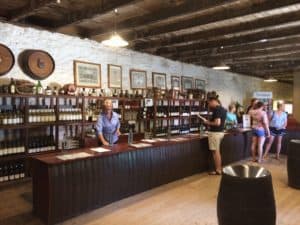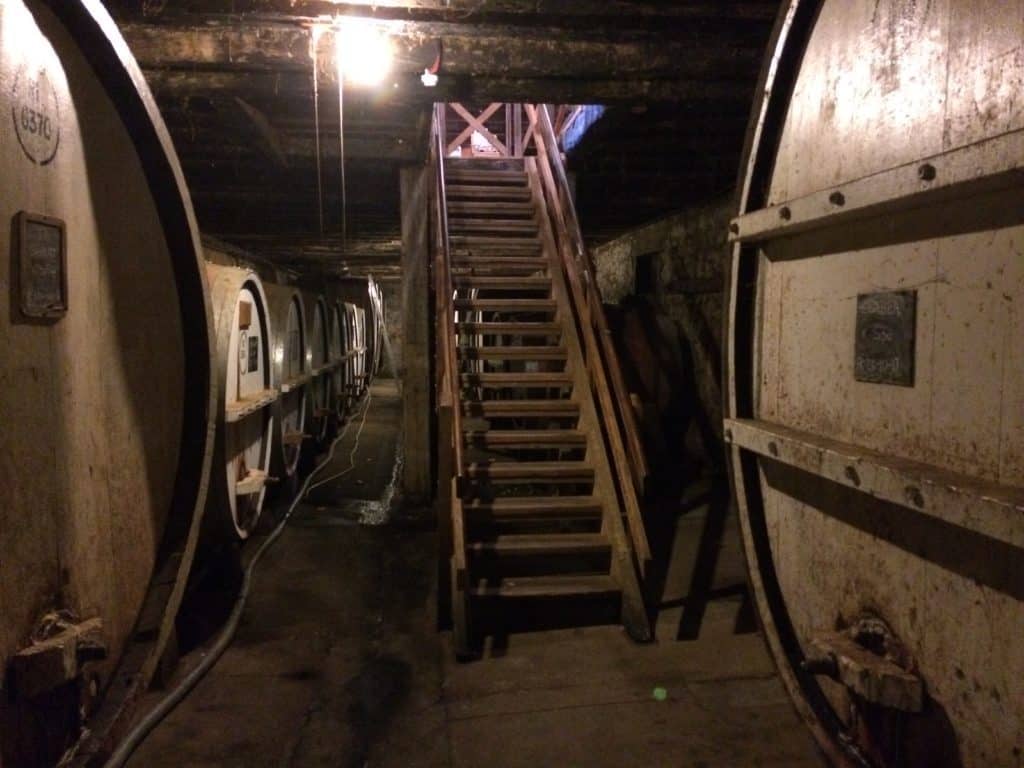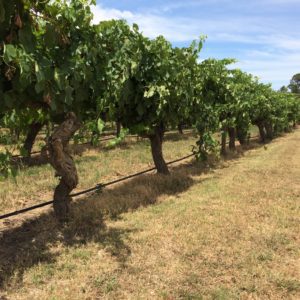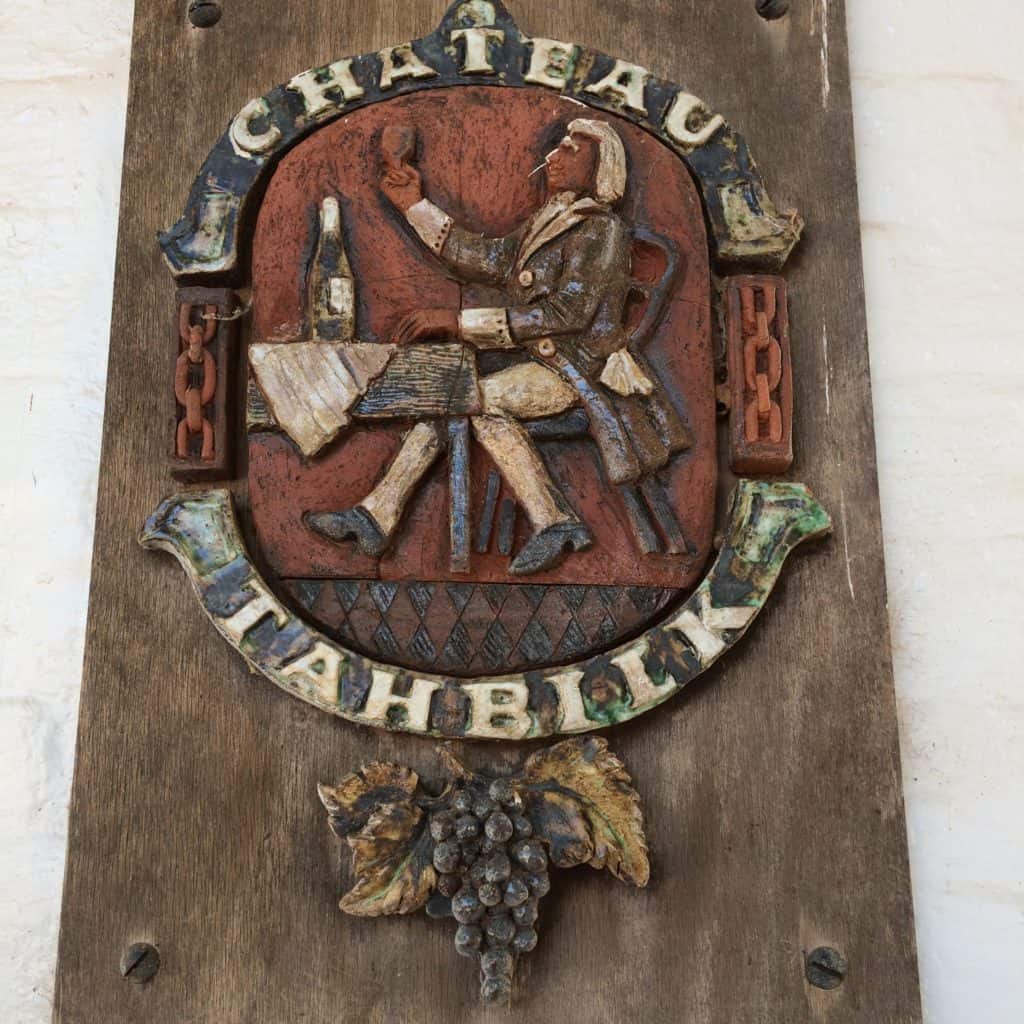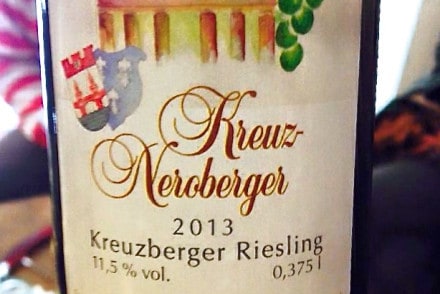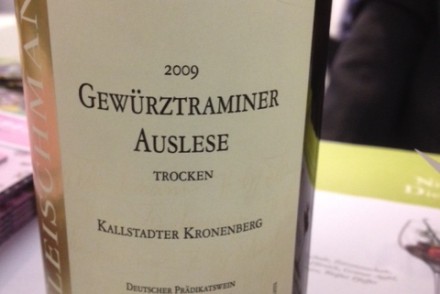A visit to the historic Tahbilk Winery in Central Victoria, Australia, is a must for any wine lover.
It’s a journey into the beginnings of Australian viticulture, and steeped in history. The winery was founded in 1860 and therefore – in Australian terms at least – it is ancient.
The winery has been owned and managed by the Purbrick family for five generations. They purchased it in 1925.
Given that many “old world” wineries were founded several hundred years ago, Europeans may hold mild smiles on their faces when they hear this Australian winery described as “ancient”. But how many European wineries can we say still possess a working vineyard, planted in 1860?
Not too many I’d say!
Tahbilk has half a hectare of beautiful Shiraz vines that were planted in 1860, being of un-grafted original European root stock. These vines survived Phylloxera, the wine louse disease that decimated vineyards around the world in the late 19th century.
They produce a single vineyard Shiraz from this block, the “1860 Vines” Shiraz. At the cellar door you can buy this wine for a mere AUD$325 – a steal considering that you’re drinking “liquid history”! The current 2013 release of this wine was awarded 97 points by Australia’s most respected wine critic, James Halliday.
Of course this wine is not available for tasting at the cellar door, but about 40 other Tahbilk wines are.
Tahbilk emphasizes French varietals with an even higher focus on vines from the Rhone region in France. Among the usual suspects of Shiraz, Cabernet Sauvignon and Chardonnay you will also find wines made from Grenache, Mouverdre, Marsanne, Viognier and Rousanne.
Located 140km north of Melbourne, the hot, dry climate of the Goulburn Valley wine region in Central Victoria suits these vines perfectly, providing a similar one to their native origins in France’s Rhone region.
I also hold Tahbilk in high regard because they champion the white wine varietal Marsanne. Then called “White Hermitage”, the very first cuttings of Marsanne made it to Australian shores in 1860.
Hermitage is a small hill in the northern Rhone wine region, one of the most famous single vineyard sites in the world. Famous for its Shiraz (remember Penfolds Grange used to be called “Hermitage”?!), the only white wine varietals allowed to be planted on Hermitage are Marsanne and Rousanne.
Marsanne is a very rare varietal and nearly became extinct. Thanks to Tahbilk making Marsanne its trademark, flagship wine – an everyday, easy drinking white – Marsanne hasn’t been forgotten, with Tahbilk having the largest Marsanne vine holdings in the world.
Tahbilk’s oldest Marsanne plot was planted in 1927, and as with the “1860 Old Vines” Shiraz, they make a single vineyard wine from it, which you can taste at the cellar door, retailing for AUD$45 a bottle.
Built above the historic barrel cellars from 1862, I started my tasting with a flight of three Marsanne wines: the “entry level” 2017; the 2011 “Museum Release” and the 2010 release of the “1927 Vines”.
The day of my visit was at the height of summer: the tasting couldn’t have started better than with the 2017 Marsanne, a light, refreshing, dry and crisp white wine, with floral aromas, plenty of lemon and lime, and some tropical fruit thrown into the bouquet.
On a hot summer’s day, I’d recommend that there’d be nothing more delicious and refreshing than young Marsanne with fresh seafood – for example, barbecued prawns, cerviche or oysters. Or, for vegetarians, grilled asparagus with a squeeze of lemon and a drizzle of olive oil, paired with grilled tofu skewers.
But back to the tasting!
To show the fantastic ageing potential of this varietal, the 2017 Marsanne was followed by the 2011 “Museum Release”. Again the wine was fresh and crisp, and besides its matured age, it had more weight and texture. The fruit aromas were similar to the 2017 Marsanne but more complex, with a long-lasting finish.
I got really excited when it came to the 2010 “1927 Vines” Marsanne – a wine which I had never tasted before. As I mentioned – similar to Riesling – Marsanne is well-known for its fantastic ageing potential. So I was really curious about what to expect from this wine.
At first sniff my nose was greeted with fresh, floral aromas (think honeysuckle), but as soon as the wine landed on my palate I was quite taken by its powerful acidity. (I love good acidity in a wine). The texture was more oily and rich, which suits this wine very well – though, at this stage it felt like the wine was struggling to settle down.
Remaining fresh and powerful, it refused to become more rounded, something that no doubt will happen as a matter of time.
I asked the woman facilitating my tasting her opinion and she explained to me that these wines are made for long-term cellaring over early enjoyment. So I was drinking a baby! The wine was still in its youthful development phase, and has a further minimum cellaring potential of 15-20 years.
The tasting at the historic Tahbilk Cellar Door was excellent: the staff were extremely efficient, helpful and knowledgeable. After stocking up on some of my favourite wines I made my way to a very old-looking set of stairs, to start a self-guided barrel cellar tour – a step back in time and, most enjoyable.
Emerging 20 minutes later, I walked back to my car parked under plane trees outside of the historic winery buildings, set up in a square to resemble that of an old French village.
On leaving Tahbilk, it’s vines as far the eye can see! You drive via a dirt road through what feels like an ocean of vine fields – some 220 hectares of them! I felt happy and satisfied with my visit and couldn’t have asked for more – that is until I drove by some extremely old-looking vines which “called” to me.
Taken by this wonderful sight I stopped the car for a closer look. I’d accidentally stumbled upon the original 1860s “Old Vines Shiraz” block! This was an incredibly moving vineyard experience for me, like no other.
The natural beauty of these Methuselah vines was breathtaking, their historical significance enormous.
I spent another 15 or so minutes walking along these old vines, admiring their beauty and in awe of this viticultural monument of a vineyard.
There was a sign on the side explaining the background story of this old block: the vineyard had been selected by the prestigious US Wine & Spirits Magazine as one of the “great twenty-five vineyards of the world”.
Eventually I returned to my car to continue the long drive home. With a massive smile on my face for the rest of the journey, I had to agree: this was indeed a great vineyard, with this “ancient” block a spiritual highlight for this happy Somm.
Chateau Tahbilk, I will be back...
- Visit Tahbilk’s website here
- Text and photos by Oliver Budack (c) 2018

